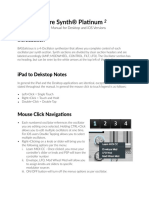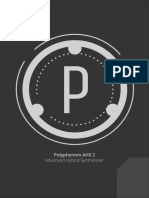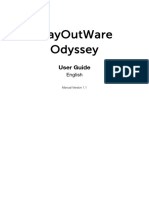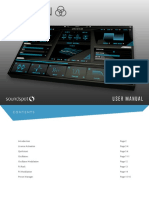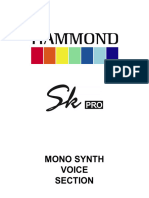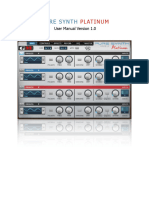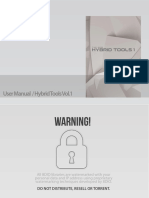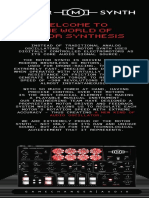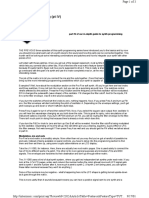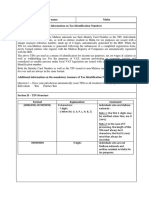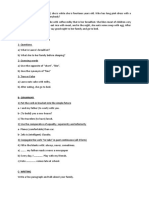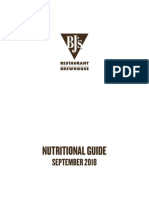ORB SYNTH
Version 1.0
�The built-in synth provides you with two wavetable oscillators, each with its own state-variable
filter. Two envelope generators (ADSRs) let you tweak the output envelope (AMP) or modulate
other synth parameters (ENV).
The modulation matrix lets you assign more modifiers like the LFO1, LFO2 to selected synth
parameters. Try assigning an LFO to a filter frequency and click PLAY to enjoy a classic
modulation sound.
Finally, the synth provides an effects section on the lower right where you can add delay, reverb
overdrive and turn on a glide effect to slide between notes.
image:OPSS1
The remainder of this guide is based on the image above [OPSS1]. Below you will find explanations of various
components of the Synth plugin described above.
A. Oscillator 1
• Orb Producer Suite Synth includes 2 oscillators. [A] and [B] have identical functionality and button
layouts.
• The oscillator layout begins with a preset selection dropdown.
� • The leftmost menu selects the sound type, and the right selects the preset.
• All other buttons and knobs are standardized features of most synthesizers and synthesizer
plugins, (pan, level, cut-off, resonance, etc.)
• Both oscillators can be turned off by pushing the blue button next to [OSC#].
B. See [A]
C. Filter 1
• Filter 1 and Filter 2 [D] are identical in layout. However, [C] affects the sound of [A], and [D]
affects the sound of [B].
• The layout includes selecting the shape of the frequency filtering (right side), the frequency
filtering start point (cut-off), and the resonance frequency (res).
• Both filters can be turned off individually by pushing the blue button on the section below the
oscillator who’s filter you want turned off.
D. See [C]
E. Sub Oscillator
• The sub oscillator is a secondary oscillator that adds a single unison, octave, or 2 octave tone
below the main oscillators.
F. Noise Generator
• The Noise Generator can be used to create a noise sound that will mix with the rest of your synth.
You can choose from Red Noise and White noise, currently.
G. Unison
• The unison selector enables you to select up to 8 voices to add to an existing sound. You can
control how many voices, the amount mix, and the type of unison being used.
H. Modulation Matrix
I. Modulators: AMP
• Adjusts the ADSR of the synth’s volume
J. Modulators: ENV
• Adjusts the ADSR of the sounds shape
K. LFO 1
• One of two independent Low Frequency Oscillators.
L. LFO2
• See K.
M. Delay Plugin
• A standard delay plugin that lets the user adjust the delayed sound by time left and time right,
overall feedback, and mix percentage.
N. Reverb
• A standard reverb plugin that allows you to adjust room size, width, and mix percentage.
O. Drive
• Adds a varying level of drive to a sound based on saturation percentage. Higher means more
drive.
P. Glide
� • An effect of sliding from one not to the other. The speed at which this is achieved is your time in
milliseconds (ms).
Q. Randomize
• A button that enables you to randomly set various parameters, like presets, modulations,
frequencies, matrix, etc. to produce a new and unique sound every time.


